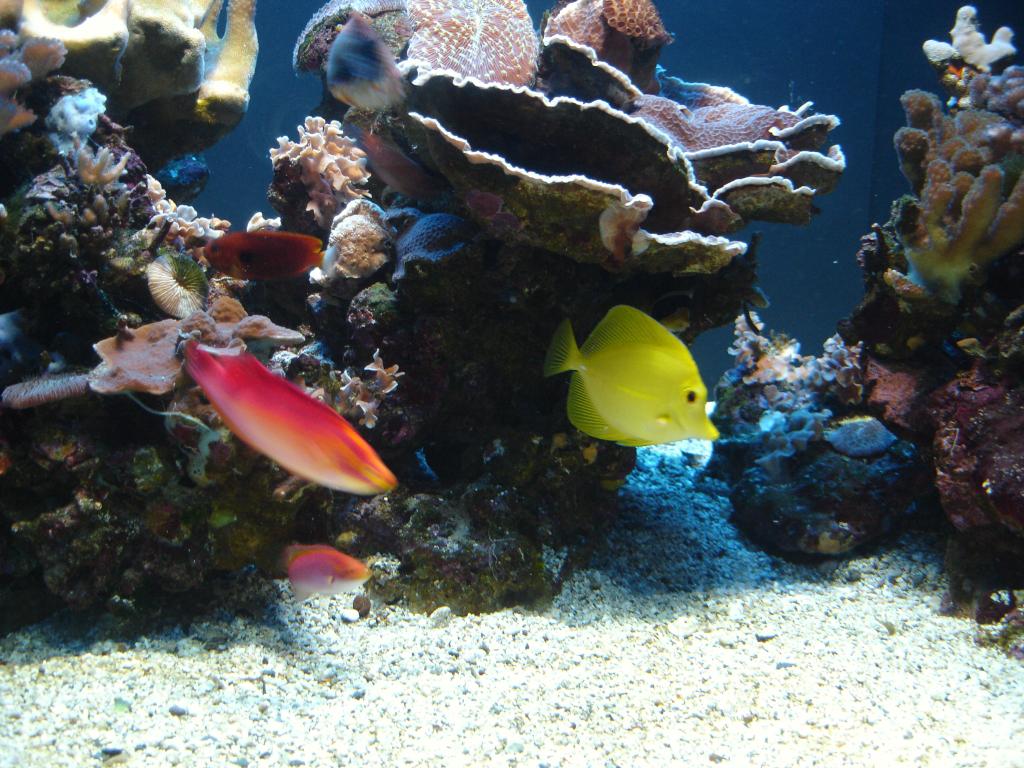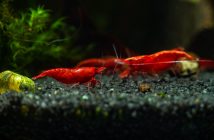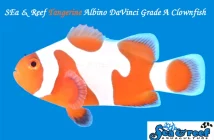Every aquarium keeper has a different take on the hobby, with some choosing to go with the popular trends and others going off on some wild tangent. But what is very surprising to me is the overabundance of a single fish in the hobby, the yellow tang (Zebrasoma flavescens). At one point or another, we’ve all owned a yellow tang. And to this day, a yellow tang is present in almost every aquarium, even ones far too small to house the fish. They have infiltrated both public and private aquariums aquariums alike, and are often the target of anti-aquarium rhetoric. So, what is it that causes such a high demand for these fish? Are they so attractive that everyone has to have one? Are they so abundant that they are basically given away?
Pricing and Availability?
Before we look at the why, let’s look at the how. For starters, the yellow tang is found in relatively shallow waters all over the Pacific Ocean. They can be found in Indonesia and Japan, but their most abundant numbers are seen in Hawaii. This means they are readily available to collectors and are relatively inexpensive for hobbyists. The typical yellow tang fetches anywhere between $30-50 and you’ll often find a dozen or more in the tanks of a local fish store.
Obviously their fairly low price point allows the yellow tang to be so widespread, but it doesn’t completely answer why. There are far less expensive fish in the trade and a yellow tang often requires a larger, more expensive system in which to thrive.
Coloration and Size?
Adult Z. flavescens can grow to 8″ give or take, but fish commonly seen in the hobby are under 6″. Their size is certainly appealing to aquarium keepers whose tanks are four feet long (or sometimes even less) and don’t want severe overcrowding. As for coloration, the fish is entirely yellow, but occasionally have a white horizontal bar running along the middle of their body. In the aquarium hobby, we don’t see a whole lot of yellow fish, so this particular tang sort of stands out in that respect. There are a few other yellow fish on the market, but Z. flavescens is obviously very bright and very attractive species that immediately draws the eyes of aquarium gawkers.
Usefulness in the Aquarium?
Every fish offered in the aquarium hobby serves some specific aquarium function. Gobies sift sand, wrasses eat pests, and tangs eat algae. With this in mind, the yellow tang is an excellent algae grazer. They aren’t picky eaters for the most part, and often mow down nuisance algae during their grazing activities. But the yellow tang doesn’t do anything extraordinary, meaning other fish perform the same function. So, this couldn’t possibly be the reason why they are so widespread in the hobby, could it?
Behavior in the Tank?
For the most part, yellow tangs make great community members. They aren’t predators and aren’t known for their aggression unless other tangs are involved. These fish usually ignore every other fish in the aquarium and typically have a very warm personality, at least as far as fish personalities go. But I don’t think this is the reason they are so widespread either. Yellow tangs will typically fight with conspecifics (e.g. other yellow tangs), as well as other large fish in the aquarium. This often leads to fin tears and possible erosion, which makes for a very unsightly and unhealthy fish.
The most likely scenario for the yellow tang’s dominance in the hobby is probably a combination of pricing/availability along with the coloration and physical characteristics of the fish that make it so appealing. I don’t personally find the fish to be so appealing that I have to have one, but we can certainly respect those who do. That being said, I think hobbyists need to turn their attention away from this particular fish and open up their aquariums to far less common fish seen in the trade.






